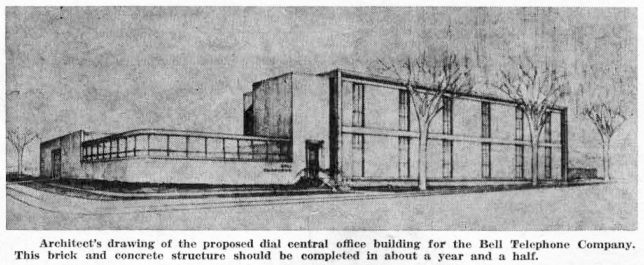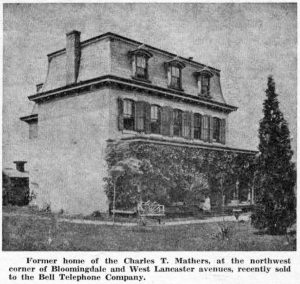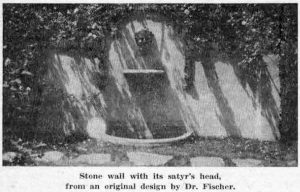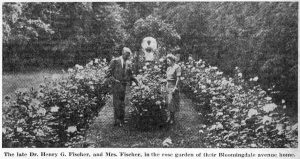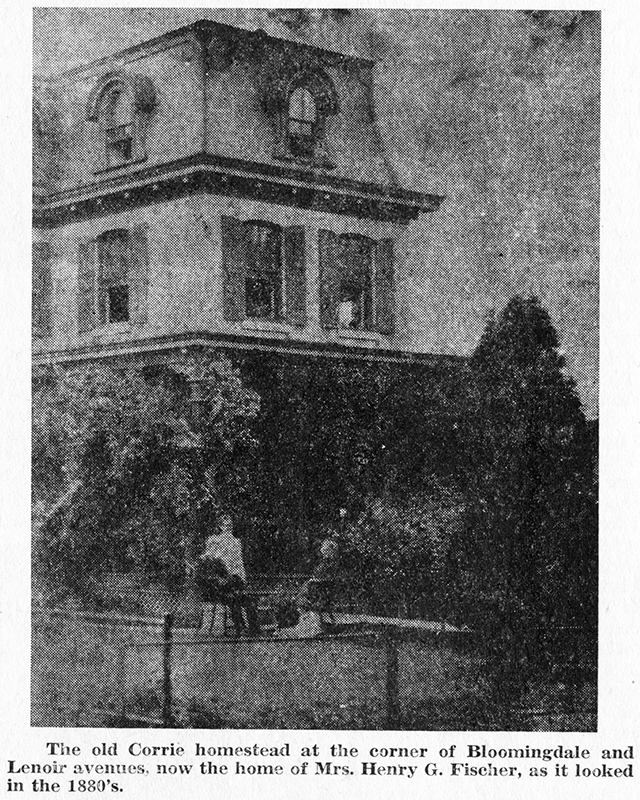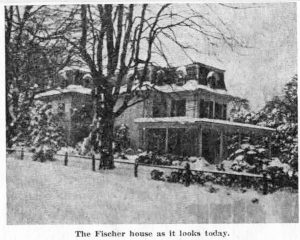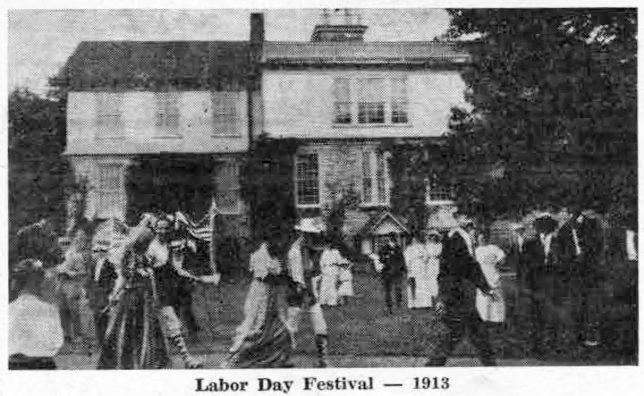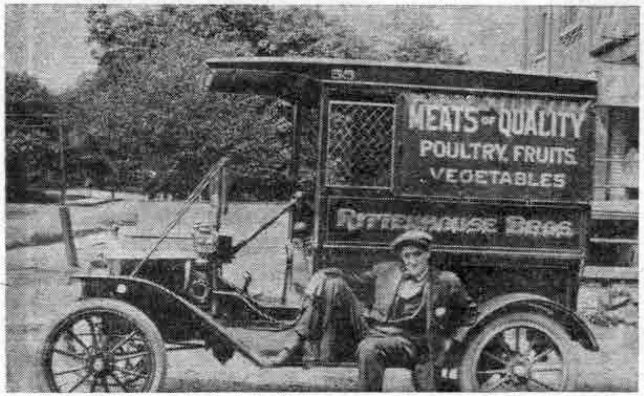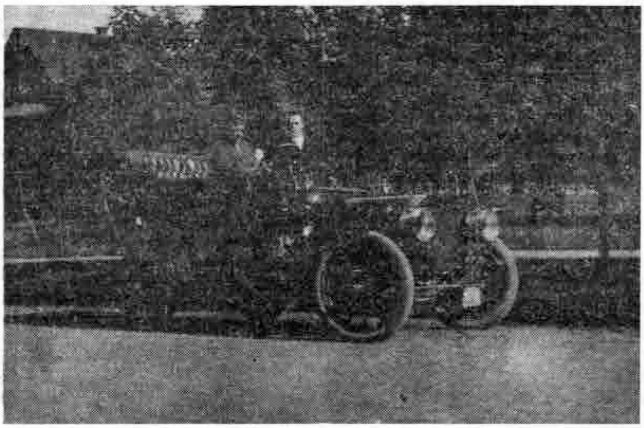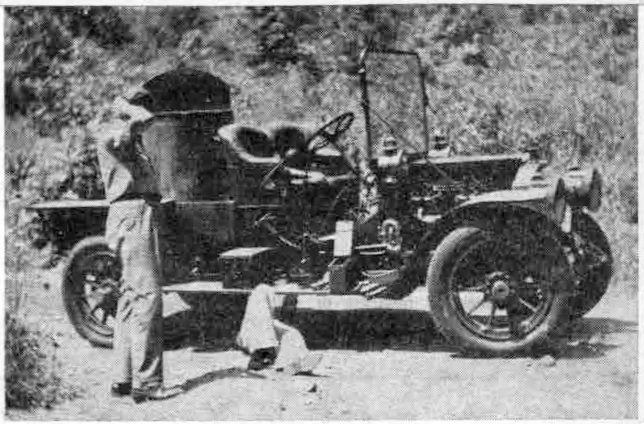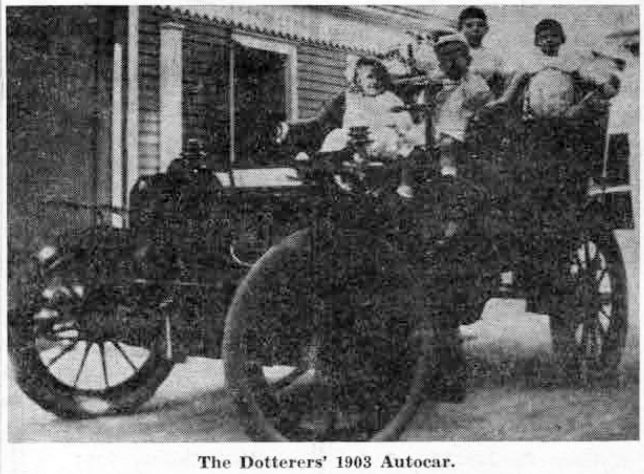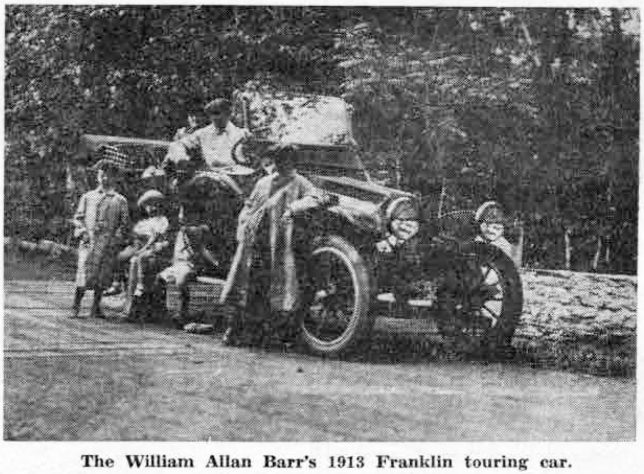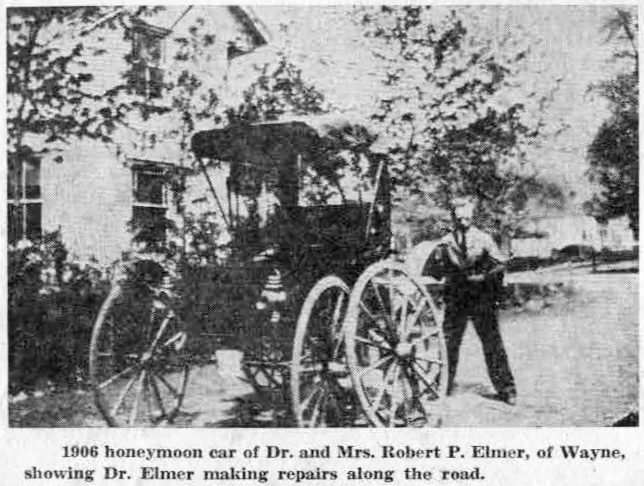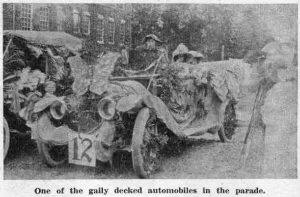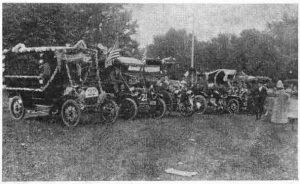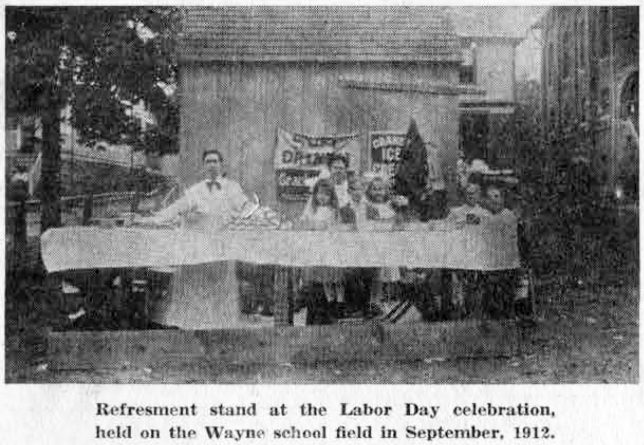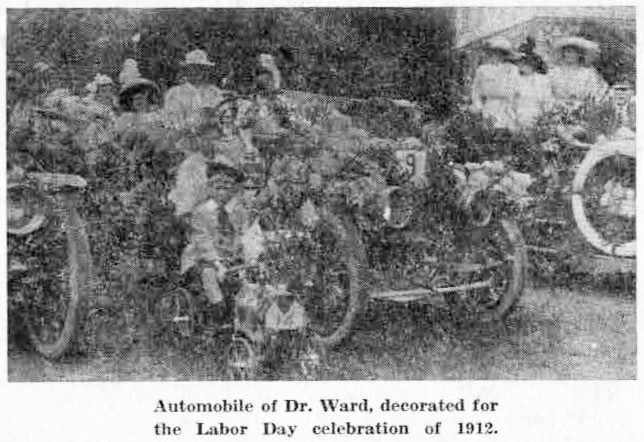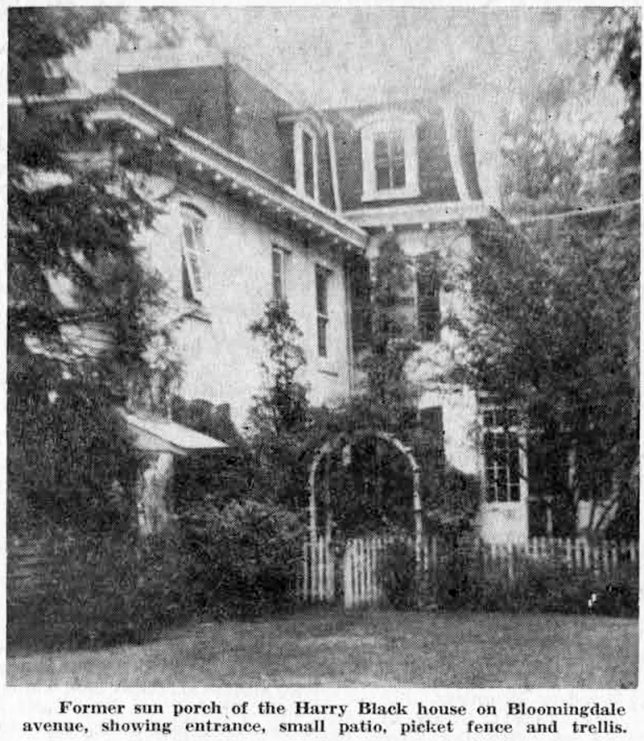 Because the front door at 114 Bloomingdale avenue already stood open for the writer, as she rang the door bell one day last week to keep an appointment with Mrs. Harry Black, the spirit of hospitality seemed at once to take possession of the coming interview. For it was in this spirit of hospitality that Mrs. Black showed her home on that morning.
Because the front door at 114 Bloomingdale avenue already stood open for the writer, as she rang the door bell one day last week to keep an appointment with Mrs. Harry Black, the spirit of hospitality seemed at once to take possession of the coming interview. For it was in this spirit of hospitality that Mrs. Black showed her home on that morning.
Like all of its one-time neighbors on both sides of Bloomingdale avenue, between Lancaster and West Wayne avenues, the Black home is a part of Wayne’s earliest building operations, started in 1880 by Drexel and Childs, on land purchased from Henry Askin, often called the founder of Wayne.
In the 75 years since they were built, these large houses have seen many changes. Two of them, the James homestead on the northeast corner of Bloomingdale avenue and the Pike, and the Fox house, next door, were torn down years ago to make room for the Kingsway Apartments. Last week the imminent demolition of the Charles Mather house, where the new Bell Telephone Company office will be erected, was noted in this column.
Since the other Bloomingdale avenue houses of the 1880’s are farther away from that great artery of traffic, Lancaster avenue, their span of life is being lengthened. While some of them are still one-family homes, others have been made into multiple family dwellings. It is the latter plan that has been followed for two of the houses recently visited by the writer. In one, Mrs. Henry G. Fischer has retained the first floor of her home, set in the midst of its famous garden, for her own use. Above the first floor are apartments for tenants who may enjoy the beauty of the outdoor surroundings, just as Mrs. Fischer does.
On the same side of the street, across Lenoir avenue, Mr. and Mrs. Black bought, six years ago, the house originally owned by Miss Emma Eldredge, who purchased it from Drexel and Childs in 1881. Here she and her sister, Miss Adelaide Eldredge, conducted a well known private school, which was attended by many of Wayne’s present old-timers.
Retaining for themselves much of the ground floor of the house, the Blacks have converted the remainder into apartments, each with its vista onto the spacious grounds. Every tenant has his or her own garden plot, planted and cultivated as individual taste has dictated, This is but one of the outward signs of harmony that the Blacks strive to maintain in a group that, according to them, is “just like one large family living under the same roof.”
In the front part of the downstairs occupied by Mr. and Mrs Black, the big fireplaces with the old French mirrors above them, the living and dining rooms, are reminiscent of the period in which the house was built. A door in the dining room opens onto what was once a sun porch when Mr. and Mrs. DeWitt P. Henry, parents of John Henry, owned the house. The Blacks have panelled the room in light wood, in pleasant contrast to the deep red hangings at the windows. Here a door leads to a small patio with a white picket fence and trellis, forming the corner of the house, shown in today’s picture. Within the enclosure is a lovely rose garden, some of it planted years ago by former owners of the property and now carefully tended by the Blacks.
Although the recent hurricane took heavy toll of the old trees in the big yard, there are still many left, including a magnolia tree carved with the Henry children’s initials. This custom the Blacks are continuing, by having their children and grandchildren in turn carve their initials into the same trees.
(To be continued)

